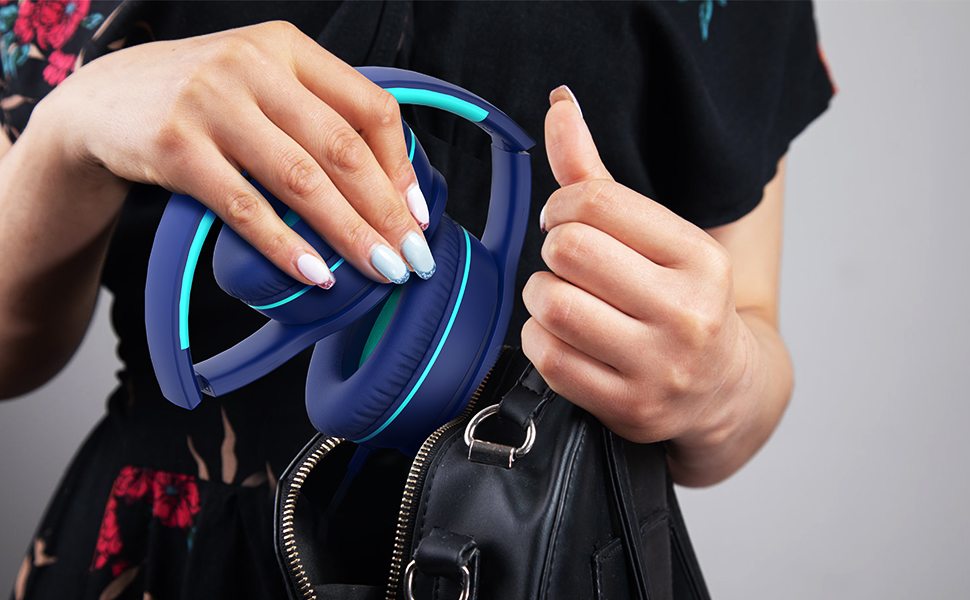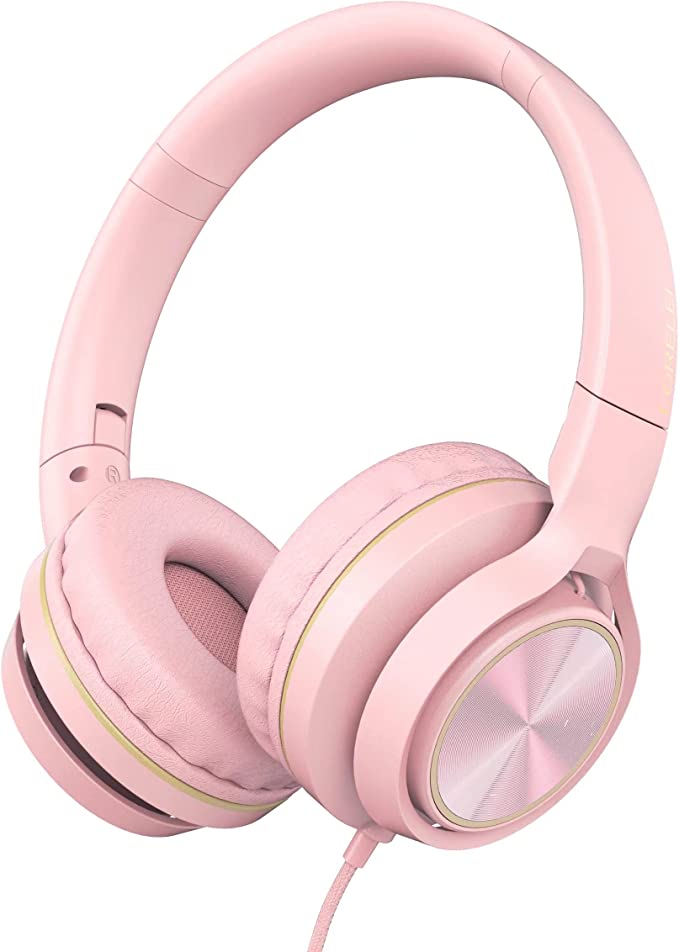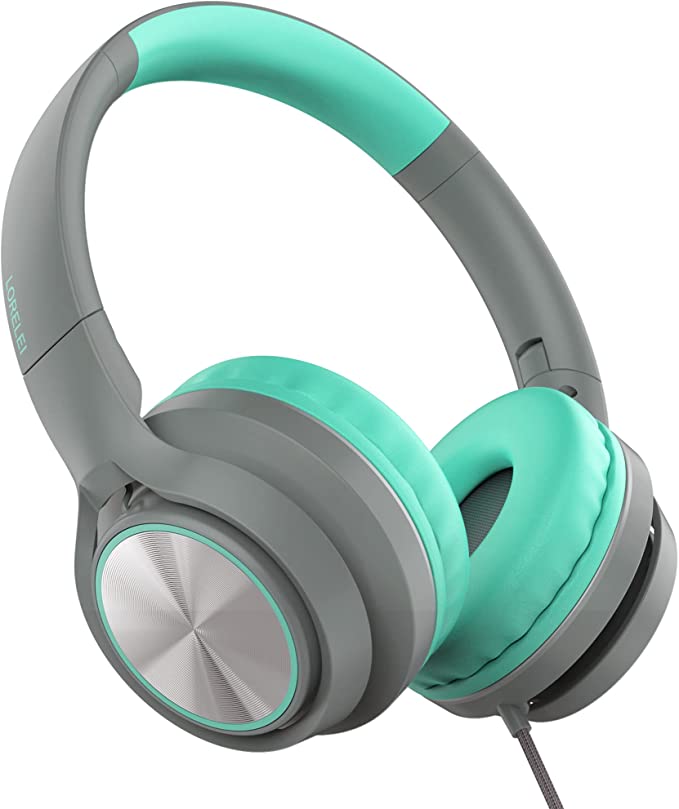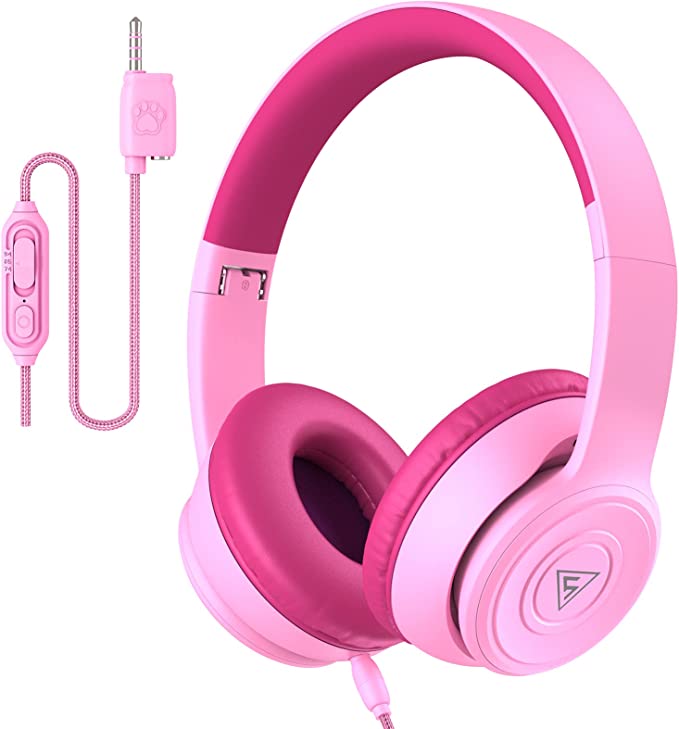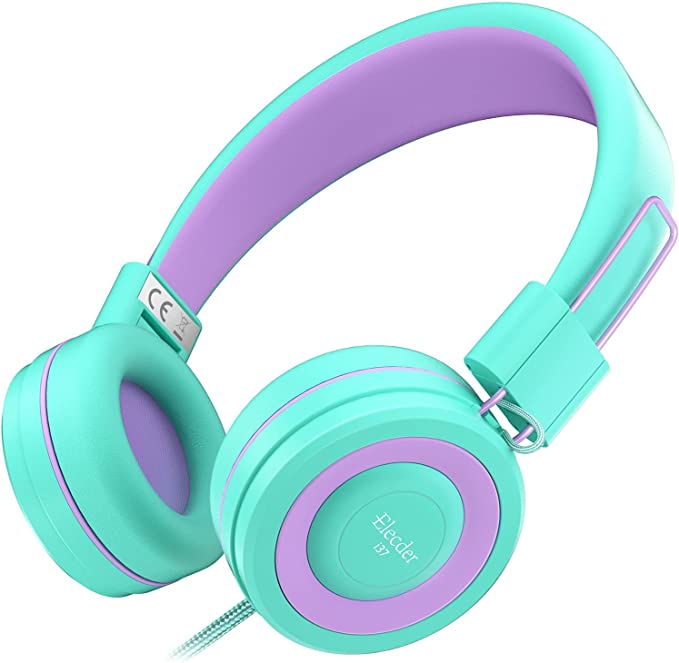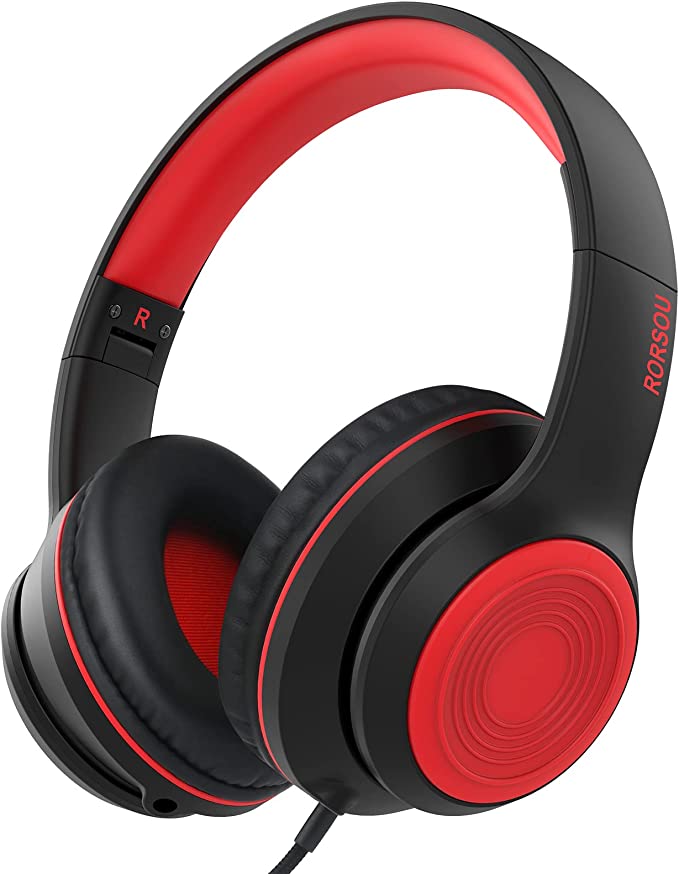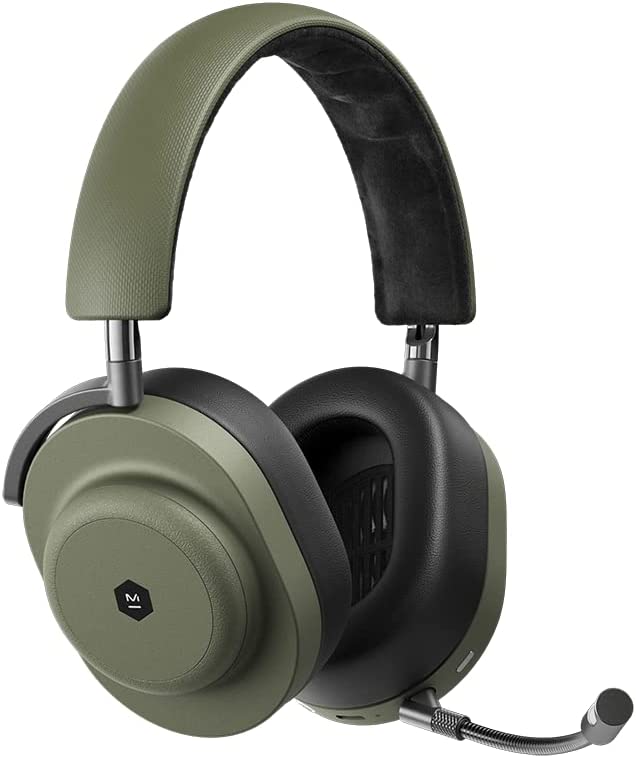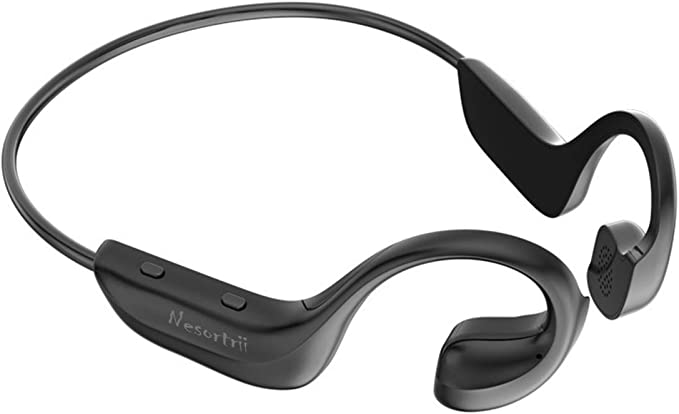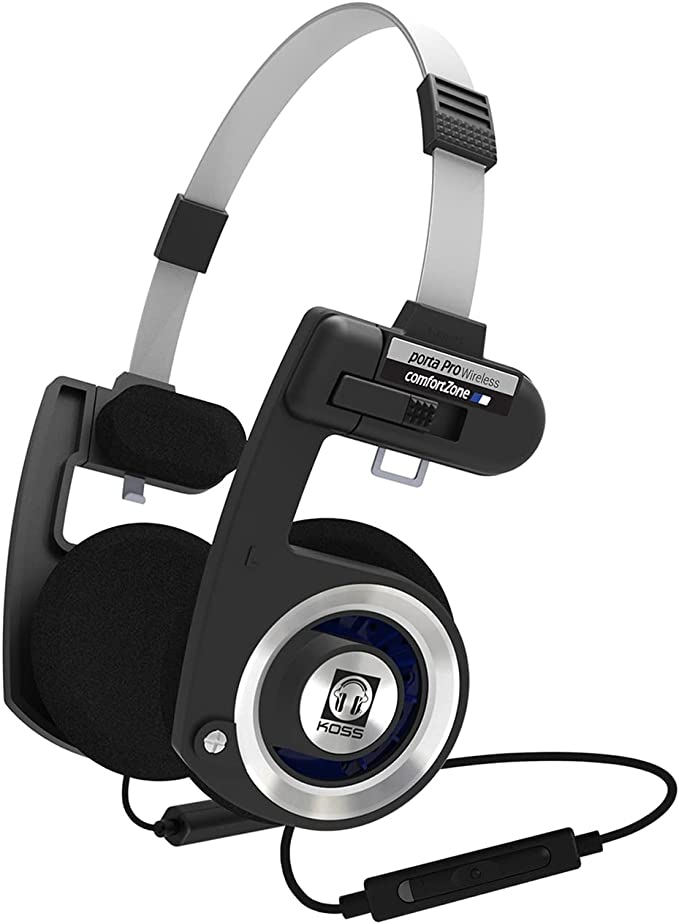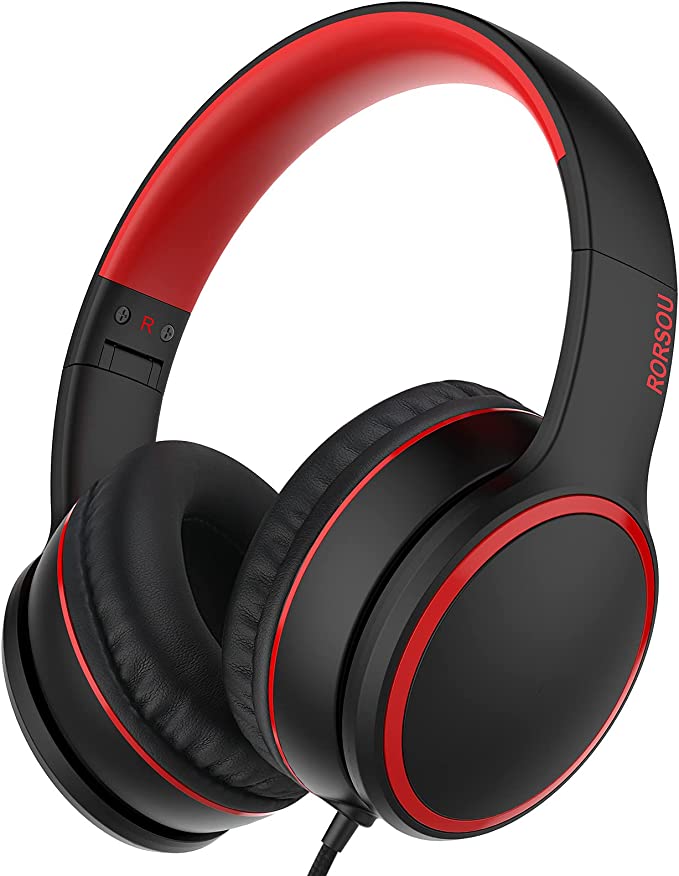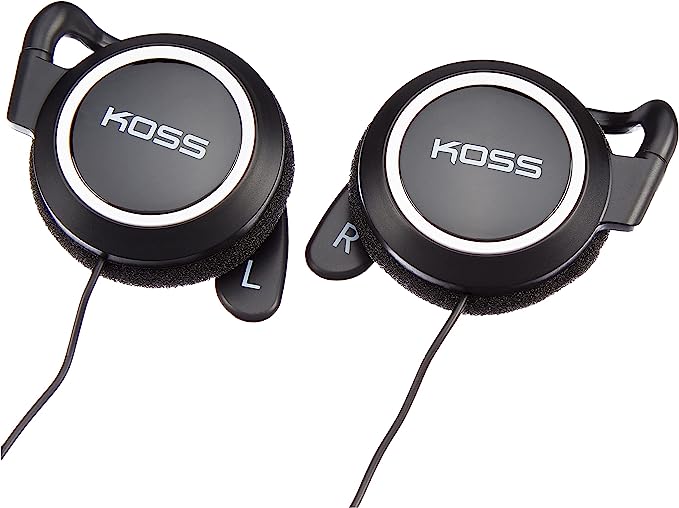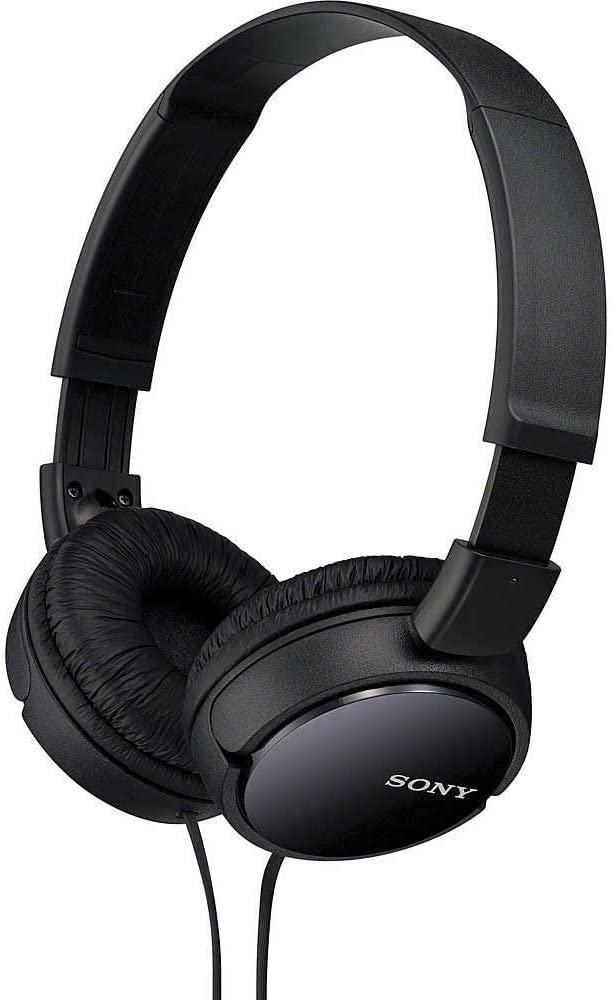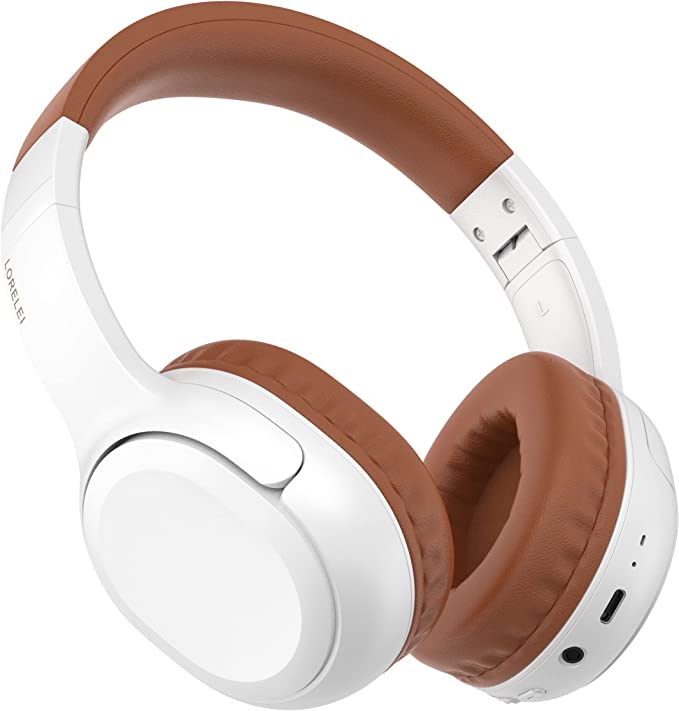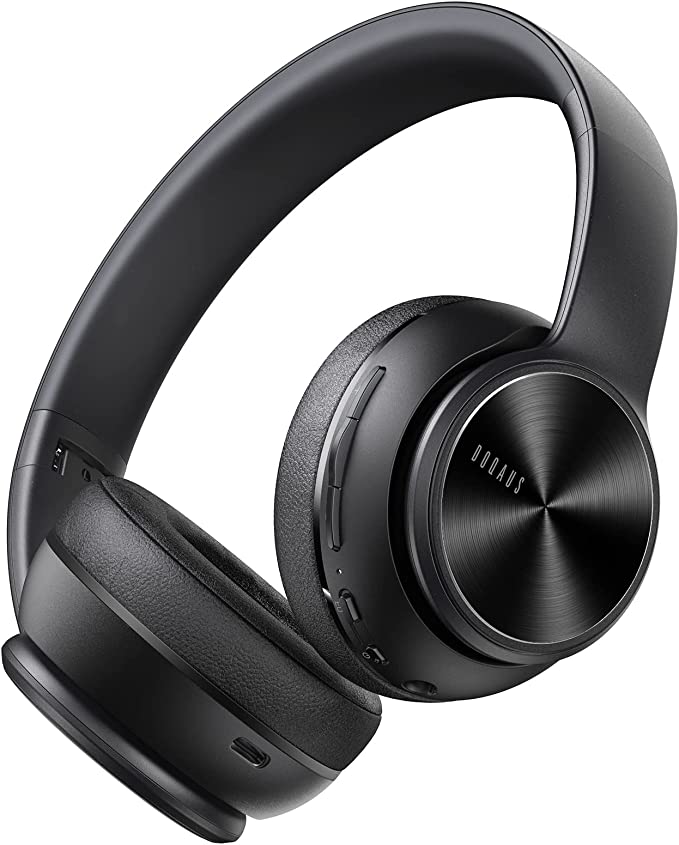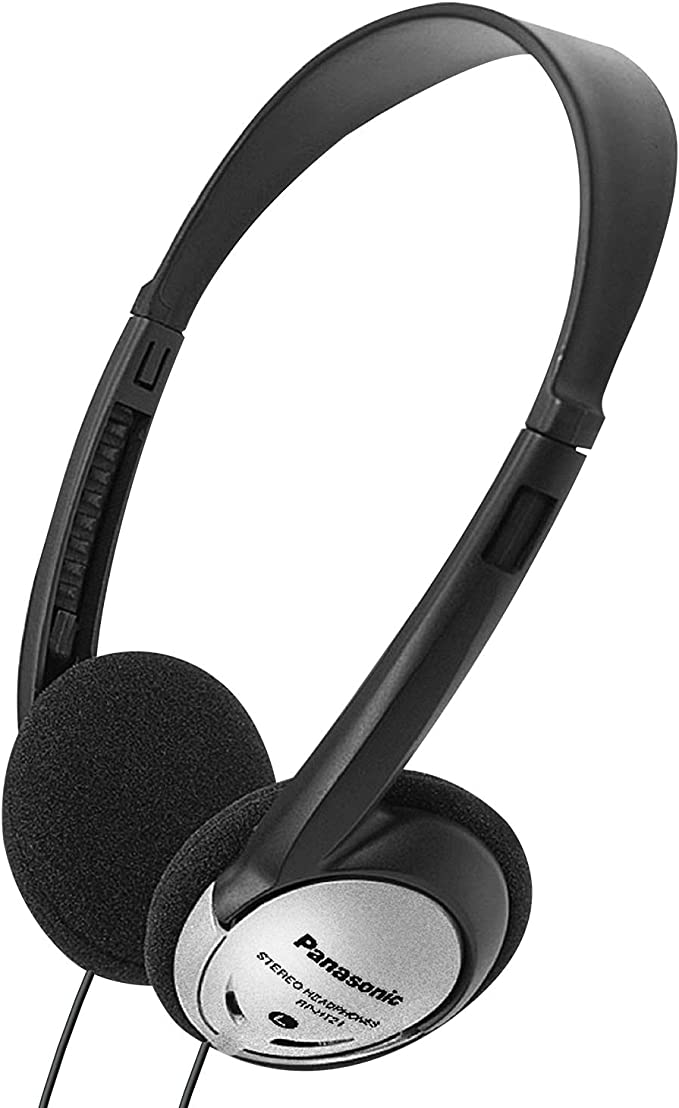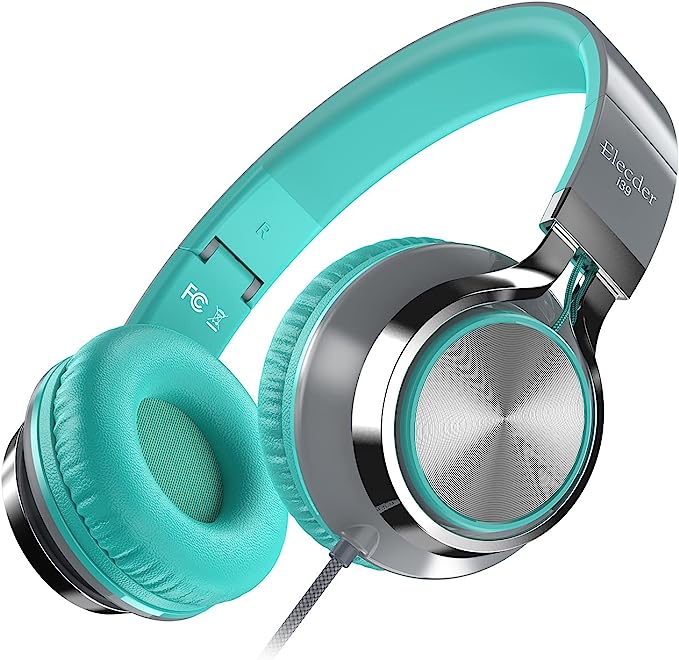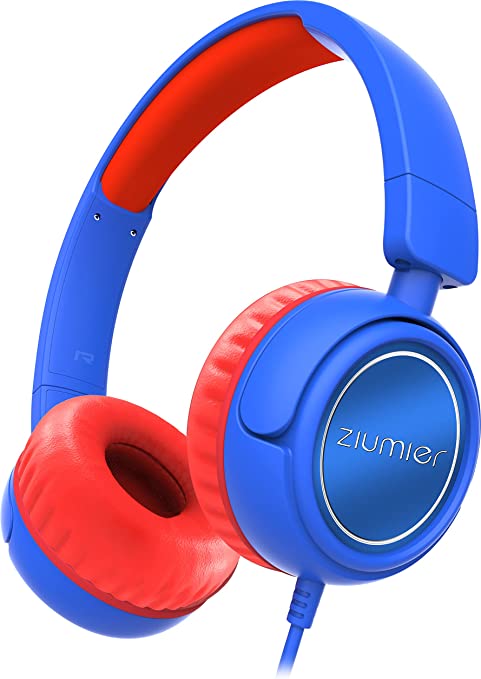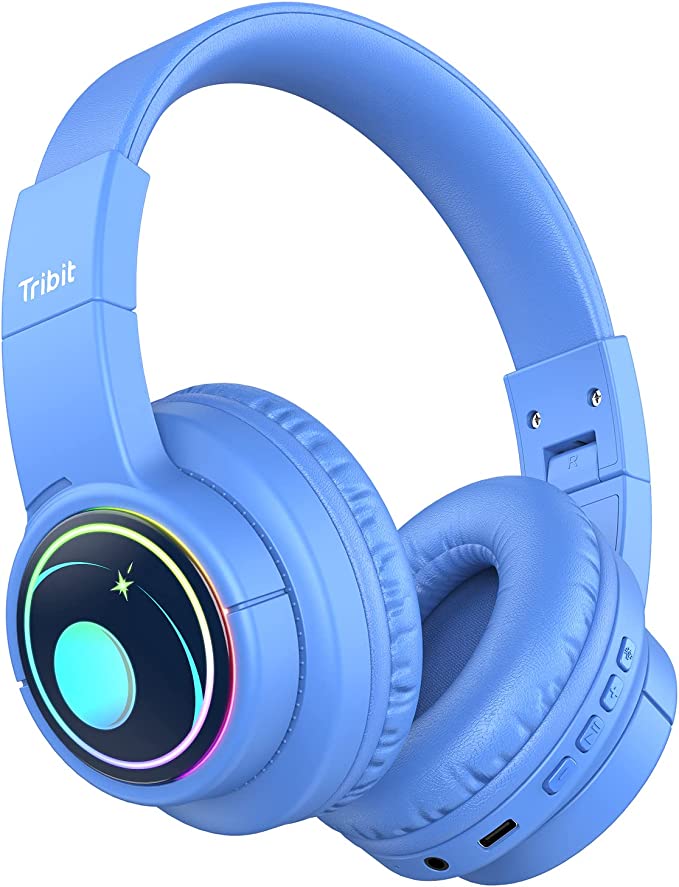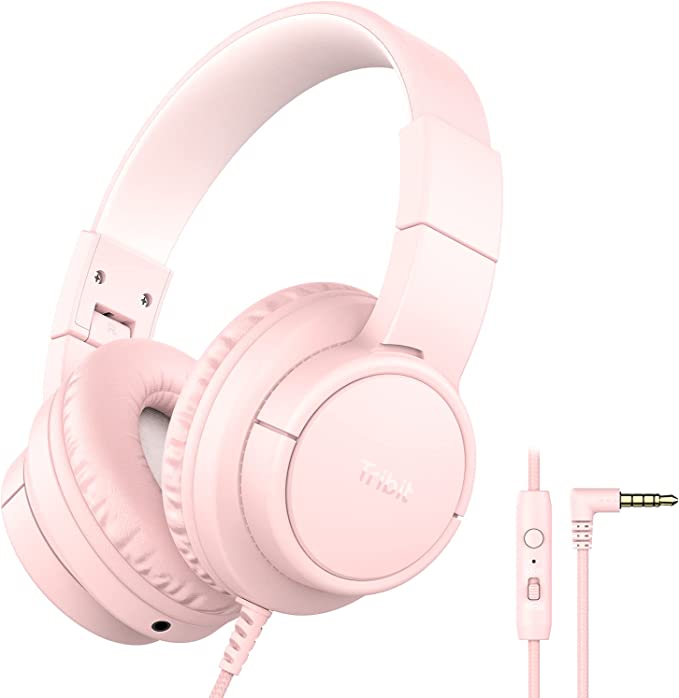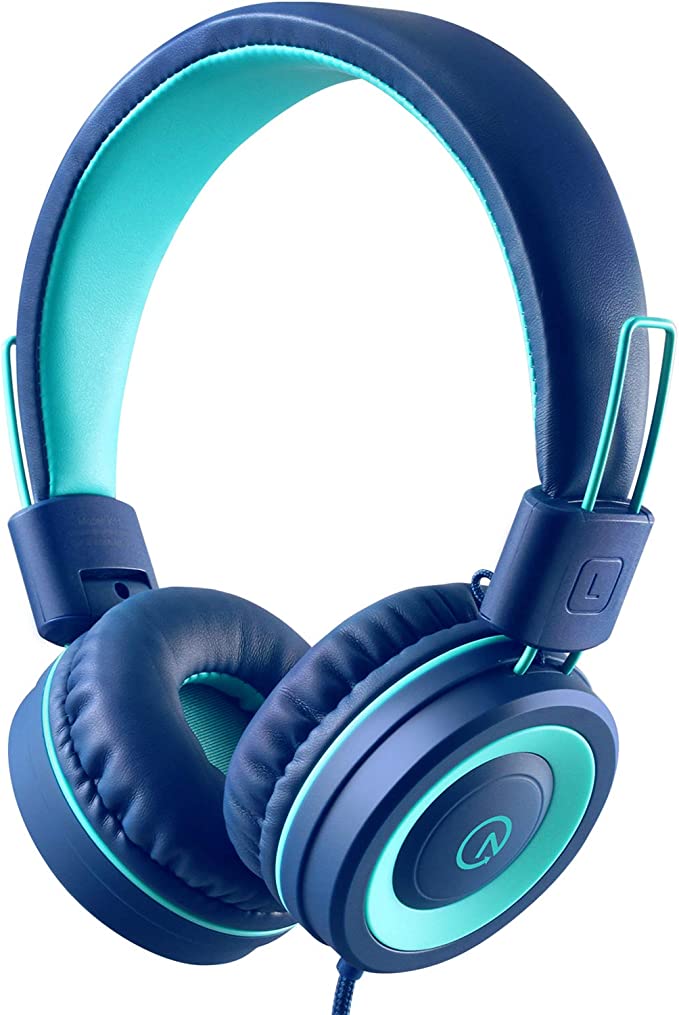ELECDER i36 Kids Headphones: The Science Behind Sound, Comfort, and Durability for Young Listeners
Update on April 28, 2025, 3:01 p.m.
Walk through any school hallway, airport terminal, or even many living rooms, and you’ll likely see them: children adorned with headphones, immersed in their own worlds of sound. From educational apps and online classes to music and movies, personal audio has become an integral part of childhood. But this ubiquity raises an important question: are the headphones designed for our youngest listeners truly built with their unique needs in mind, or are they merely smaller, perhaps more colourful, versions of adult gear?
As an audio engineer who spends considerable time thinking about how sound interacts with listeners and how devices should be built for human use, this question fascinates me. Let’s take a closer look at a specific example – the ELECDER i36 Kids Headphones, as described on its retail product page – not to definitively review its performance (which requires independent testing), but to use its highlighted features as a lens. Through this lens, we can explore the fascinating interplay of acoustics, ergonomics, material science, and practical design that goes into creating audio equipment potentially well-suited for children and teens. Consider this an engineer’s perspective, decoding the design choices described for this particular set.
(Please note: All references to specific features and performance descriptors like “excellent sound” or “very durable” are based solely on the provided product description text from its retail listing. This analysis explores the scientific principles potentially related to these described features.)

Deconstructing the Sound: What Reaches Young Ears?
At its core, a headphone is a miniature marvel of sound reproduction. Its heart lies in the ‘drivers’ – essentially tiny loudspeakers positioned close to the ear. The description for the i36 mentions “40mm dividers,” referring to 40-millimeter diameter drivers. Why does size matter here? Think of a drum: a larger drum skin can move more air and generally produce deeper, lower-frequency sounds more effectively than a smaller one. Similarly, larger headphone drivers have the potential to reproduce a wider range of sounds, particularly the lower bass frequencies, more robustly. This physical principle might be why the manufacturer describes the headphones as having a “Stereo bass headphone with excellent sound effect” and “HIFI strong low bass” – though terms like “excellent” and “HIFI” are subjective marketing descriptors, the 40mm driver size provides a potential physical basis for good bass capability.
The mention of “Stereo” is fundamental. It simply means the headphones deliver two distinct channels of sound, one for each ear. This mimics how we naturally hear the world and allows for the creation of immersive soundscapes where sounds can seem to come from different directions – crucial for engaging audio in games, movies, and even well-produced educational content.
Beyond generating sound, controlling how it interacts with the listener and the environment is key. The i36 is described as having “Sound Isolation” that “blocks ambient noise.” These are ‘On-Ear’ headphones, meaning the cushions rest directly on the outer ear. This design, combined with what are described as “Comfortable Cushion Pads,” creates a physical barrier. Think of wearing earmuffs on a cold day – they don’t electronically cancel noise, but they physically muffle the sounds around you by blocking and absorbing sound waves. This is passive noise isolation. It’s different from Active Noise Cancellation (ANC), which uses electronics to counteract external noise. For children, effective passive isolation can be particularly beneficial. It can help them focus on their audio content – whether it’s a lesson or a story – in moderately noisy environments like a school bus or a busy home, potentially allowing them to listen clearly at lower, safer volume levels.

Engineering for Comfort: A Fit That Adapts and Cares
If a child finds headphones uncomfortable, they simply won’t wear them, regardless of how good they sound or how durable they are. Designing for comfort, especially for a user group that is constantly growing and may be more sensitive to pressure and weight, is a critical ergonomic challenge.
The ‘On-Ear’ design itself is often a compromise – typically offering more substantial sound and isolation than earbuds, without the bulk or potential heat build-up of larger ‘Over-Ear’ models that fully enclose the ear. But the real key to comfort, especially for kids spanning different age groups (“Children Girls Boys Teens,” as the description notes), lies in adjustability. The i36 features an “Adjustable” band. This isn’t just a minor feature; it’s essential. Like adjusting a bike helmet for a safe and comfortable fit, the adjustable headband allows the headphones to accommodate different head sizes and shapes. This ensures the earcups sit correctly over the ears – crucial for both comfort and optimal sound delivery/isolation – and helps distribute the clamping force evenly, preventing uncomfortable pressure points during potentially extended use. The description even notes it’s suitable “for many adults,” highlighting the range of fit.
Weight is another significant factor. The product information lists the item weight at around 6.1 ounces (approximately 173 grams). While not featherlight, this is reasonably light for on-ear headphones, contributing to the “ultra-lightweight design” mentioned. For a child, minimizing weight helps reduce potential strain on the head and neck, especially during longer listening sessions.
Finally, the materials touching the skin matter immensely. The description highlights “soft earmuff” and “soft plush headband.” These soft, cushioned surfaces are designed to mitigate the clamping force exerted by the headband and provide a comfortable contact point, reducing irritation and making the experience more pleasant. Think of the difference between sitting on a hard wooden bench versus a cushioned sofa – the padding distributes pressure and enhances comfort significantly.

Built to Endure: Tackling Tangles and Tumbles
Let’s be realistic: children’s belongings often lead a tough life. Headphones, especially the cord, are frequently subjected to pulls, snags, drops, and the seemingly magical ability to tie themselves into impossible knots. Durability isn’t just a bonus feature; it’s a necessity.
The description for the i36 emphasizes a “Durable & Not Tangle” cord, specifying it uses “high quality cloth” or “Premium nylon fabric.” This is where material science meets practical problem-solving. Standard headphone cords are often coated in simple plastics like TPE or PVC, which can become brittle, kink easily, and have a higher friction surface that encourages tangling. Nylon, a type of synthetic polymer known for its strength, flexibility, and abrasion resistance, offers inherent advantages. When these nylon fibers are woven or braided into a fabric sheath around the internal wires (as implied by “cloth” or “nylon fabric”), several benefits emerge.
Firstly, the braided structure significantly increases the cord’s tensile strength – its resistance to being pulled apart. Think of comparing a single strand of thread to a sturdy braided rope. Secondly, the fabric texture typically has lower surface friction than smooth plastic, and the braided structure itself resists the tight kinks that lead to frustrating tangles. While no cord is truly “tangle-proof,” a well-designed braided nylon cord, like the one described (at a practical length of 1.5 meters or 4.9 feet), stands a much better chance of surviving the daily rigors of use by a child and causing less frustration. The claim “not easily damaged” likely refers to this robust cord construction as well as the general build.
Everyday Practicality: Folding, Plugging, and Playing
Beyond sound, comfort, and durability, practical usability is key. How easy are the headphones to store and connect? The i36 description highlights two important aspects here.
First is the “Folding design.” This implies the presence of hinges, likely in the headband near the earcups, allowing the headphones to collapse into a more compact form. This simple mechanical feature makes a big difference in portability. Folded headphones take up less space in a backpack, desk drawer, or suitcase, making them genuinely “easy to carry” and less prone to damage during transport.
Second is the connection method: a wired connection using the venerable “3.5mm plug.” In an era of disappearing headphone jacks on some smartphones, the 3.5mm connector remains a near-universal standard across a vast array of devices children frequently use: “Cellphones, Computer, Kindle, MP3/4, School Tablet,” laptops, and more. This ensures broad compatibility without needing easily lost or broken adapters. The description also specifically mentions an “L-shaped stereo plug” in the detailed section. This small design choice is quite practical; compared to a straight plug, the L-shape reduces the leverage exerted on the device’s headphone port if the cord is snagged, potentially preventing damage to both the plug and the port. It also often presents a lower profile, which can be convenient.

Concluding Thoughts: More Than the Sum of Its Parts
Looking at the described features of the ELECDER i36 through an engineering lens reveals more than just a list of specifications. It suggests a potential attempt to create an interconnected system addressing the specific needs of young users. We see considerations for delivering sound (drivers, stereo), for ensuring comfort during use (adjustability, low weight, soft materials), for withstanding the inevitable rough-and-tumble (durable braided cord), and for everyday convenience (folding design, universal 3.5mm connectivity).
While the ultimate performance and longevity of any product require real-world use and independent testing, analyzing the design choices described by the manufacturer provides valuable insight. It reminds us that even seemingly simple objects like headphones can embody thoughtful engineering principles. Understanding these principles – the science behind the sound, the ergonomics behind the comfort, the material science behind the durability – empowers us to make more informed choices about the technology we provide for our children. And perhaps, it fosters a greater appreciation for the careful considerations that go into designing tools meant not just to work, but to work well for their intended users, especially the youngest ones among us. As a final thought, regardless of the headphones chosen, fostering responsible listening habits – particularly regarding safe volume levels – remains paramount for protecting young ears for a lifetime of hearing.
